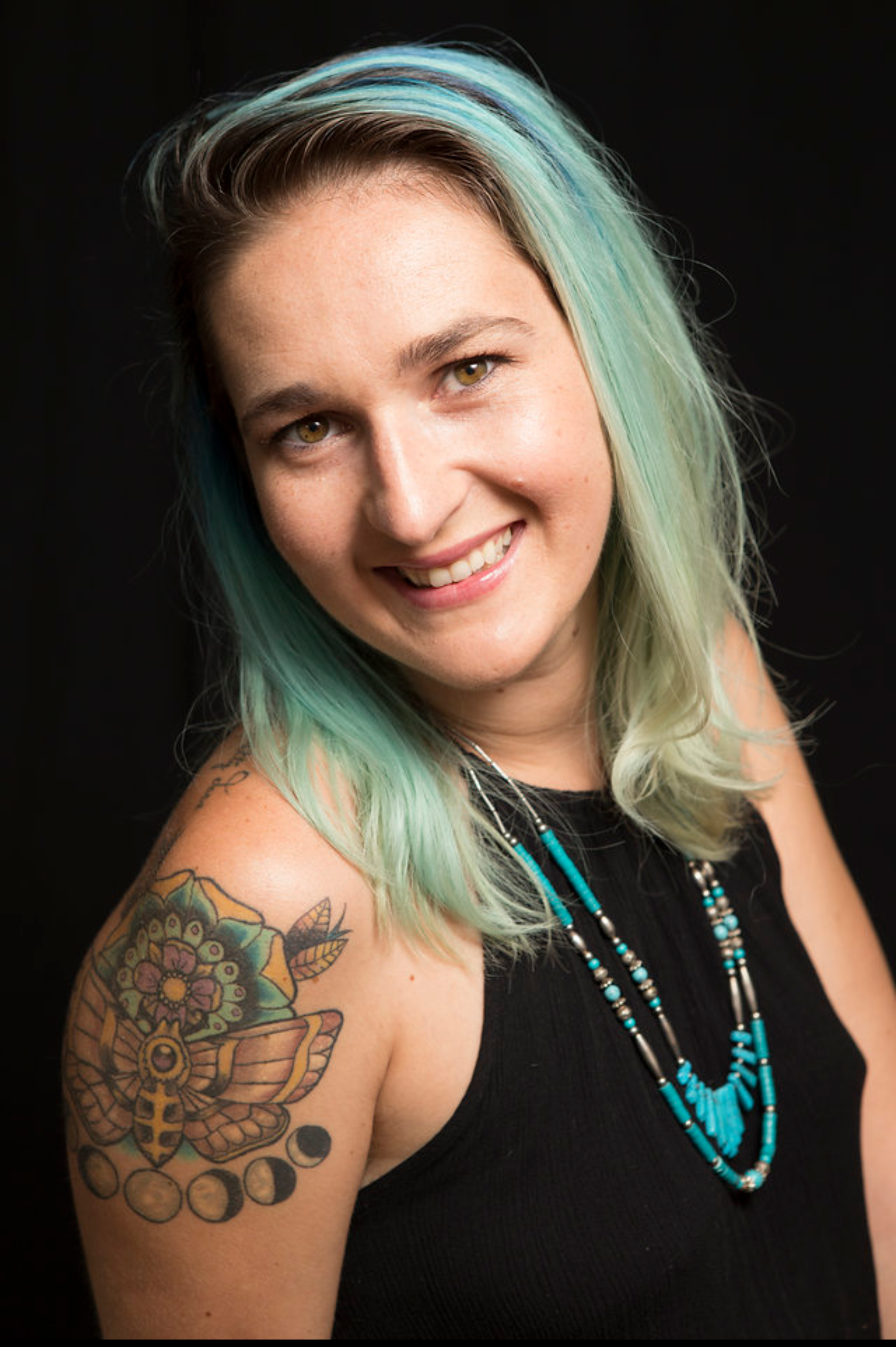
Non-Binary. Genderqueer. Gender Non-Conforming. Two-Spirit. Neutrois. Demigirl. Androgender. Tomboi. Genderfluid.
What do all of these personal gender identifiers have in common? They are all now recognized as legal gender options in California, one of 11 states in the U.S. to legally adopt a third gender marker on all legal documents beyond the binary options of male and female.
That means driver’s licenses, passports and birth certificates can now be marked “M”, “F” or “X,” making visible space for people who live outside of the binary boxes society places them in from birth.
What the fuck even is gender?
Oh, let me tell you how simple and difficult of a question that is to answer. I spend my days teaching gender-affirming, comprehensive sex education to the middle and high school youths of rural Yolo County – and out here it is a mix of Trump Country and first-generation immigrants. It’s the yin-yang of liberal and conservative ideals all stuffed into the minds of teenagers who truly want to know: “Just how MANY genders are there?”
My answer is always the same: There are as many genders as there are people in the world.
Everyone has a different reaction to and understanding of what it means to be a “man” or a “woman,” depending on where they grew up and what cultural influences surrounded them.
Gender is between your ears, not between your legs (that’s called your birth sex.) Each of us is typically assigned a gender at birth that matches up with whatever genitals the doctor perceives we have – “girl parts” or “boy parts.” This also has historically left no room for intersex people, who are born with parts, hormones or DNA that are a combination of male and female.
Gender is only something a person comes to know about themselves after they discover what terms like man/boy and woman/girl mean in society, and whether one of those definitions lines up with their internal sense of their own gender.
When I get the dude-bro eyerolls after this answer, I remind people that they may think they’ve never met anyone non-binary, but everyone I’ve ever met has. That’s because I am a non-binary femme and – like I tell the classrooms full of hormone monsters – just because I look femme, doesn’t mean I’m any less “they/them.”
What makes me non-binary is the fact that it feels right and authentic. Not every non-binary person has to look androgynous (that’s called gender expression), or be queer (that’s called sexual orientation) or be thin and curve-less (that’s called fatphobia.)
I use “she” and “they” pronouns. I cringe at being called “miss” or “ma’am.” I pee in whatever bathroom has the shortest line because my bladder certainly has no gender. But I’m not planning on changing my driver’s license to “X.”
Who is gender even for?
My reason for staying with “F” is one of privilege, because I pass as cisgender and heteronormative. This passing privilege protects me from the gender-diverse harassment that many trans people face in varying degrees of violence. Being visibly queer – whether that’s describing my gender or sexuality – is a choice for me. It’s a privilege that has afforded me access to housing, employment and spaces of desirability. This privilege is currency that I use to operate within the binary bullshit.
The “X” marker is not a bargaining chip that people outside of the binary can use to request respect and inclusion. I know that this legal recognition does little to change the cis- and hetero-normative status quo. Our societal systems still only have space for “M” and “F.” Here are things non-binary people who may choose an “X” marker can’t do:
- Donate blood – 31-year-old Van Levy of San Diego was turned away from the city blood bank in March.
- Get health care – 1 in 5 non-binary people has been denied medical treatment based on gender.
- Choose a non-binary political party representative – A New Jersey grassroots Democratic organization filed a lawsuit to allow non-binary candidates to be included on county party ballots.
- Get married – 5 of the 11 states with non-binary gender options have failed to update their county clerk marriage forms.
- Live a full life – the average life expectancy for a transgender woman of color is 35 years old.
Gender isn’t helpful. It harms people inside and outside of the binary. I deeply love my non-binary community, and I don’t for one second think that an “X” marker excuses anyone from fighting to protect trans people from the toxic effects of gender conformity.
Got a burning desire, a burning sensation, or a relationship issue that’s about to burn all your bridges? Let Sex and the River City throw you a lifeline and answer your questions! Send them via email to V:RC sex columnist Kenna Cook at kennac.se@gmail.com. And don’t forget to follow her at panpolyprincess.com!








